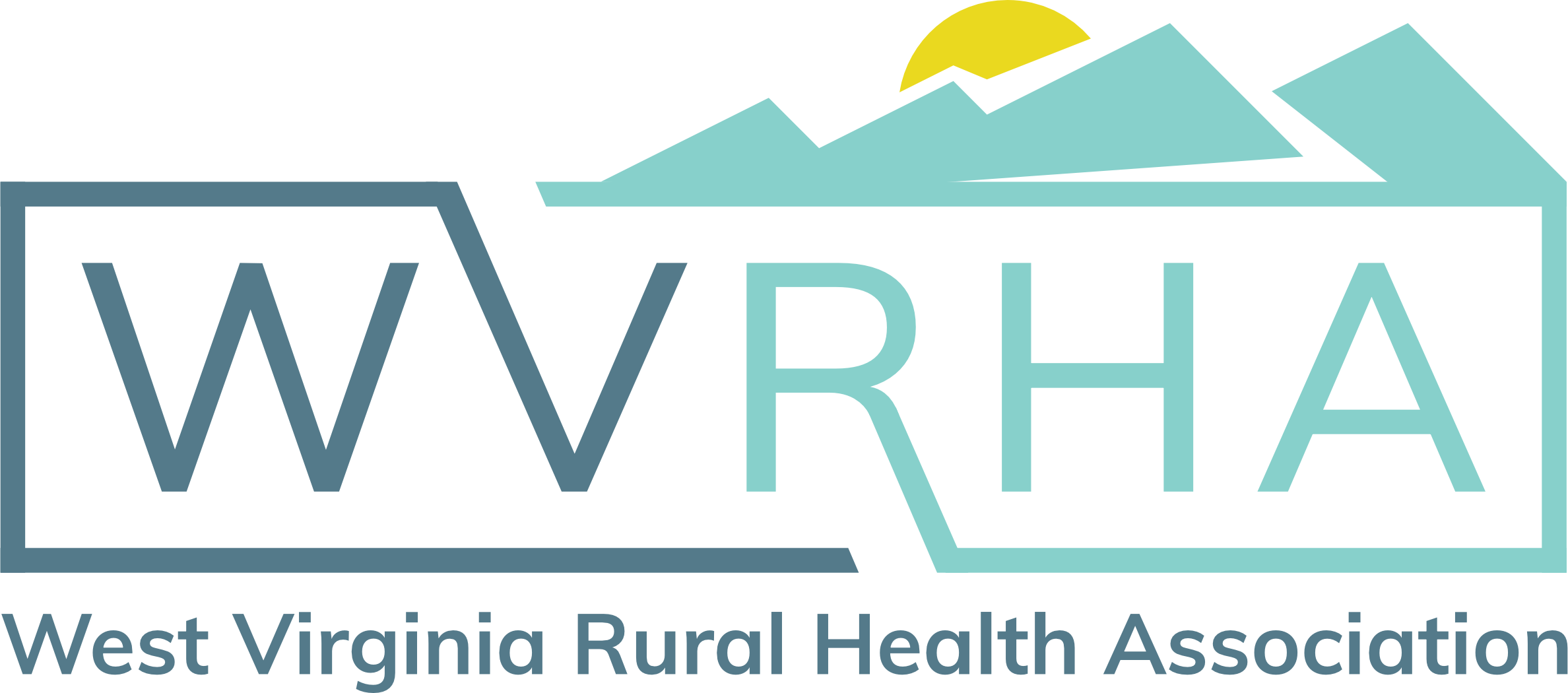
Rural Health Care Program
Summary of the Rural Health Care Program
The Rural Health Care Program, provides funding to eligible health care providers for telecommunications and broadband services necessary for the provision of health care. Eligible health care providers include: (1) post-secondary educational institutions offering health care instruction, teaching hospitals, and medical schools; (2) community health centers or health centers providing health care to migrants; (3) local health departments or agencies; (4) community mental health centers; (5) not-for-profit hospitals; (6) rural health clinics; (7) skilled nursing facilities (as defined in section 395i–3(a) of title 42 and (8) consortium of health care providers consisting of one or more entities falling into the first seven categories. In addition, eligible health care providers must be non-profit or public. The goal of the program is to improve the quality of health care available to patients in rural communities by ensuring that eligible health care providers have access to telecommunications and broadband services. As of funding year 2017 (which ran from July 1, 2017 through June 30, 2018), funding for the Rural Health Care Program is capped at $571 million annually, adjusted for inflation.
The Rural Health Care Program is currently made up of two programs: the Healthcare Connect Fund Program and the Telecommunications Program. The Healthcare Connect Fund Program, established in 2012, provides support for high-capacity broadband connectivity to eligible health care providers and encourages the formation of state and regional broadband health care provider networks. Under the Rural Health Care Program, eligible rural health care providers, and those eligible non-rural health care providers that are members of a consortium that has more than 50 percent rural health care provider sites, receive a 65 percent flat discount on an array of communications services. These services include internet access, dark fiber, business data, traditional digital service line (DSL), and private carriage services.
The Telecommunications Program, established in 1997, subsidizes the difference between urban and rural rates for telecommunications services. Under the Telecommunications Program, eligible rural health care providers can obtain rates on telecommunications services in rural areas that are reasonably comparable to rates charged for similar services in corresponding urban areas.
For more information about the Healthcare Connect Fund Program, please see the Frequently Asked Questions page.
Rural Health Care Program Funding Cap
When the Commission established the Rural Health Care Program in 1997, it capped program funding at $400 million per funding year. Beginning in funding year 2016, health care provider funding requests for high-speed broadband began to outpace that funding cap. On June 25, 2018, the Commission released the Rural Health Care Program Funding Cap Order, which adopted measures to promote health care delivery and telemedicine in rural area by providing a sufficient and more predictable source of universal service funding. Specifically, the Commission adopted rules that: (1) increased the annual Rural Health Care Program funding cap to $571 million and applied it to Funding Year 2017; (2) annually adjusted the Rural Health Care Program funding cap to reflect inflation, beginning with funding year 2018 (which runs from July 1, 2018 through June 30, 2019); and (3) established a process to carry-forward unused funds from past funding years for use in future funding years.

